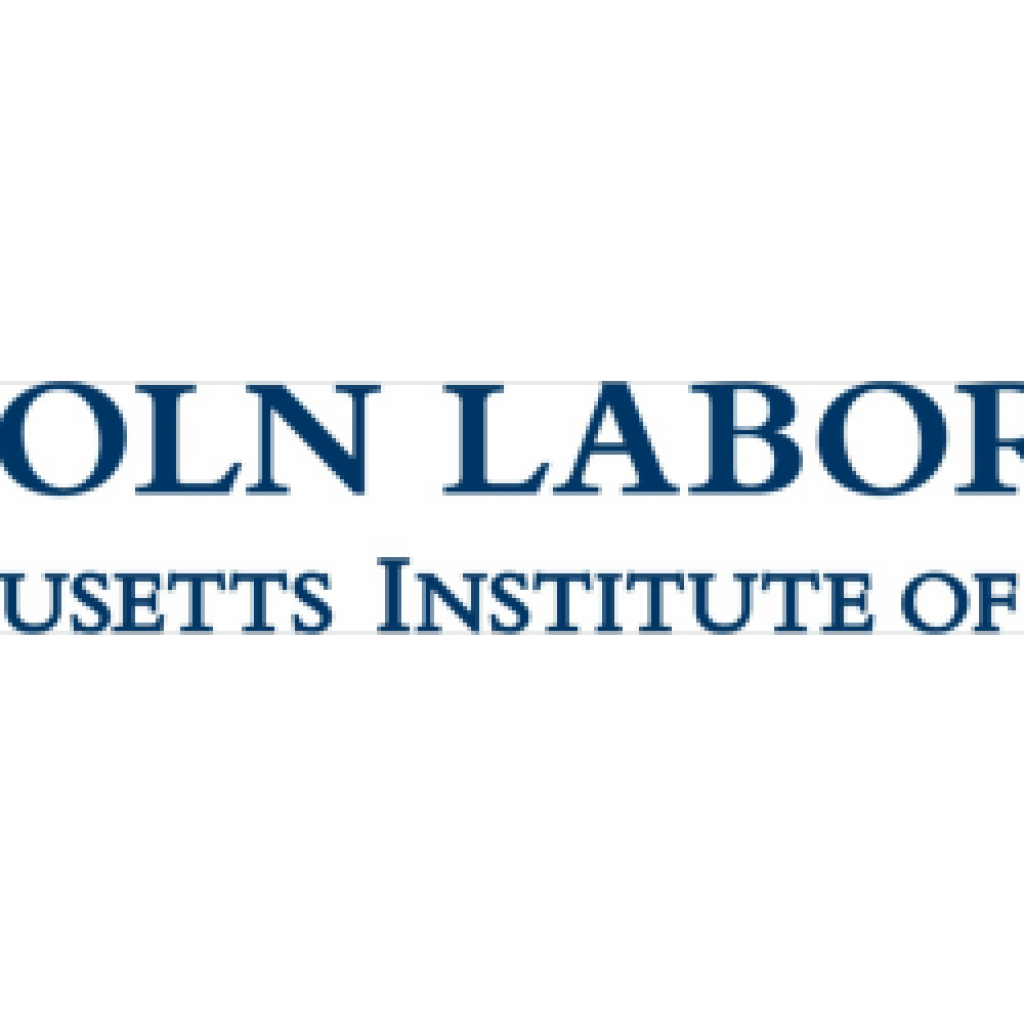(News.MIT.edu) One of the most promising paths to building a practical quantum computer leads toward ion traps. In these traps, single ions are held still and serve as the basic units of data, or qubits, of the computer. With the help of lasers, these qubits interact with each other to perform logic operations.
MIT Lincoln Laboratory researchers have turned to a promising pair: ions of calcium (Ca) and strontium (Sr). The team used these ions to perform quantum logic operations and finds them to be favorable for multiple quantum computing architectures. Among their advantages, these ions can be manipulated by using visible and infrared light, as opposed to ultraviolet, which is needed by many types of ions being used in experiments.
“What kind of quantum information processing architecture is feasible for trapped ions? If it turns out it will be much more difficult to use a certain ion species, it would be important to know early on, before you head far down that path,” says John Chiaverini, senior staff in the Quantum Information and Integrated Nanosystems Group. “We believe we won’t have to invent a whole new engineered system, and not solve a whole new group of problems, using these ion species.”
Trapped Ion Pair May Help Scale up Quantum Computers
